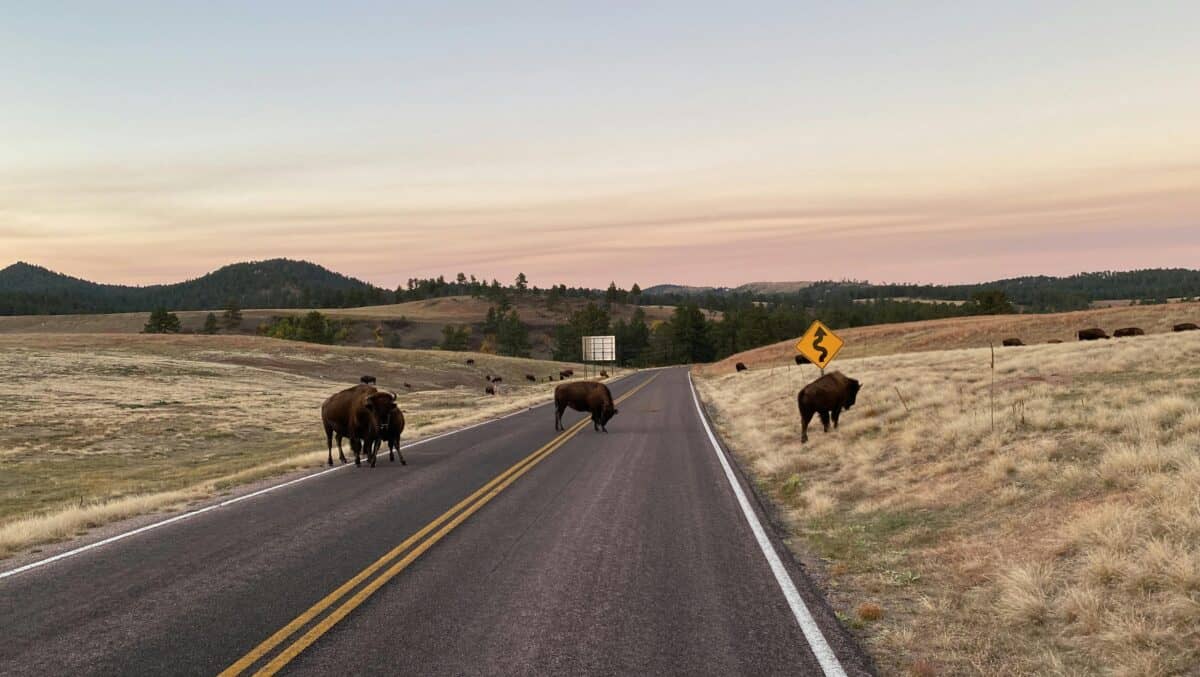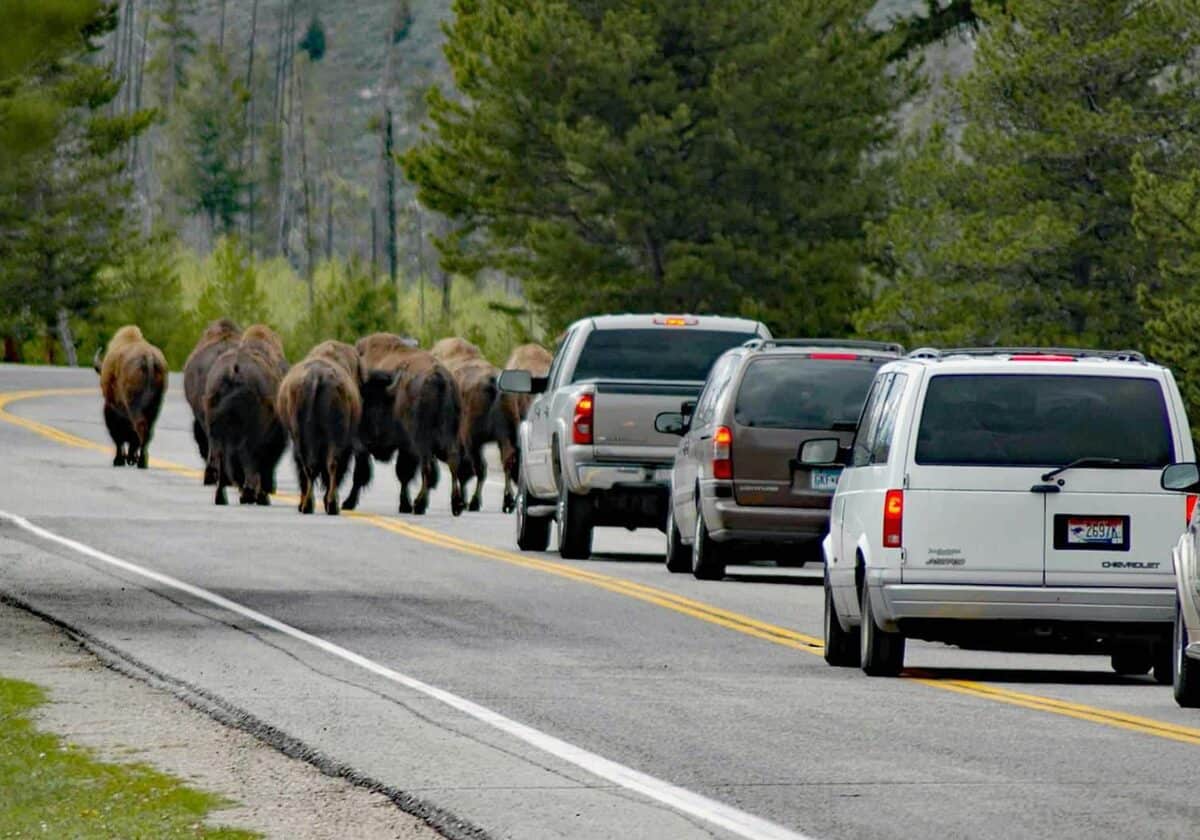In a first-of-its-kind move, New Mexico has approved $50 million to fund wildlife crossings across the state. It is a record-breaking sum for any U.S. state. The 2025 General Appropriations Act directs the investment to tackle rising wildlife-vehicle collisions and preserve fragile ecosystems. The goal? Make the roads safer for everyone—humans and animals alike.
This major allocation follows years of advocacy by wildlife biologists and transportation officials. They say these crossings are essential for maintaining safe migration routes and protecting biodiversity.
Why Wildlife Crossings Matter

Wildlife crossings include overpasses and underpasses designed to help animals safely cross highways without venturing into traffic. In places like Wyoming and Colorado, wildlife crossings reduced collisions by more than 80% in some regions.
In New Mexico, species like elk, mule deer, mountain lions, and black bears often find their habitats bisected by roads. By adding designated safe crossings, the state hopes to lower the number of accidents involving large animals—many of which result in serious injury or death for both the animals and drivers.
Where the Crossings Will Be Built
State officials are now working to identify collision hotspots using GPS collar data and crash reports from the New Mexico Department of Transportation. They also consider other key areas, which include U.S. Highway 550 and State Route 9, both of which cut through known migration corridors.
The planning process includes partnerships with tribal governments, private landowners, and conservation groups to ensure the projects serve both ecological and community needs. The first construction projects are expected to begin in late 2025 or early 2026.
Wider Impacts on Ecosystems and Economy

The benefits of wildlife crossings go beyond just safety. By reducing habitat fragmentation, these structures help maintain healthy populations of native species. When animals become cut off from others of their kind, they experience genetic isolation, which produces weaker offspring and threatens long-term survival. Crossings reconnect these fragmented habitats.
Economically, wildlife collisions cost New Mexico millions annually in vehicle repairs, emergency response, and insurance claims. The state hopes this upfront investment will offset those long-term costs.
- Bride Surprises Groom With Rescued Animals at Bachelor Party - August 7, 2025
- White Deer Duo Stuns Iowa Family on Backroad Drive - August 1, 2025
- Iguana Fell and Hit Florida Man in the Face During Cold Snap - July 18, 2025

